
San Francisco’s skyline casts its shadow on Justin Herman Plaza as a stream of commuters rush past the ferry building. It is the last Friday of September and the first week of autumn — the bay air is cool and the sky is clear. While the cars come and go in their trek home for the weekend, six cyclists stay behind on the shady concrete steps knowing that soon the streets will be theirs.
Within a half hour, the group swells into a mass of two hundred bikers swarming next to the bay. The sounds of shifting gears and excited chatter fill the air as dozens of flashing LEDs dot the plaza like fireflies in a country field. Some ride in circles around the interior of the plaza. Others stand and watch, saving their energy.
One bike is so heavily draped with posters for the upcoming ballot measures that its bright-red frame is barely visible. The owner is a five-foot tall man who goes by the name Kotton Kandie. He adjusts his pink fedora covered in matching sequins as he makes predictions for the upcoming ride.
“The cops will still be here,” Kandie says. “They always come.”
The words are barely out of his mouth when four police officers arrive on their motorcycles, and sit with their flashing red and blue lights in the outskirts of the crowd. No one, however, seems to mind the cops’ presence despite the long list of traffic violations that will occur that night. It is all part of the unstoppable bike-frenzy that is Critical Mass.
Critical Mass started in San Francisco in 1992 to raise awareness of the dangers that bikers face on the road. The event’s name comes from the social sciences, which define a critical mass as a group that becomes so large it can influence its environment.
The ride began as a casual and improvised affair and remains so to this day. A giant group of cyclists assemble with no clear plan of where they are going. Then, the mass takes over the streets in such a large number that cars have no choice but to stop at green lights until the group finishes rolling through. The event has spread all over the world, from Honolulu to Bangladesh.
In the past, the original message of the movement was clear: cars are not the only ones with a right to the road, so they better make way for cyclists. This traffic war is an ongoing one, waged by today’s cyclists who are still dealing with dangerously close drivers. A 2012 survey by the National Highway Traffic Safety Administration shows that nearly a third of that year’s bicycle accidents resulted from collisions with cars.
On September 16th, Governor Jerry Brown approved a law that requires drivers going more than fifteen miles per hour to keep at least a three-foot distance from cyclists. SF State student Erin Aguiling says she hopes this is only the first step toward improving bicycle safety in San Francisco.
“I think this may be just a temporary solution for what SF is working toward, and that’s giving bikers their personal lanes,” Aguiling says.
Gabe Valenzuela rides with Bike Furious, a group in the East Bay devoted to “riding hard and partying hard.” According to him “everyone should have their space on the road. We need to have our own lanes.”
The streets of San Francisco have adapted to the needs of cyclists in recent years, with blocked-off green bike lanes running through most neighborhoods and even along parts of Market Street. But these distinctions in the asphalt do not make any difference on the last Friday of each month when Critical Mass dominates the road.
Drivers along the improvised route have no choice but to wait until the mass passes. Some honk in support while cheering over the sound of the beanie-wearing hipsters pedaling by. But for other cars, the additional obstacle postponing their long commute is frustrating. The bikers’ reckless maneuvering on streets newly remodeled for their safety has earned participants the nickname “massholes.”
One danger lies in the sparsely populated sections of the ride, where participants are at a greater risk of colliding with cars that only see a green light between the break in cyclists. This is why the concept of “massing up” is so important. During a mass-up, bikers stop in an intersection to help the stragglers get through safely, but this brief pause can sometimes drive motorists to their breaking point.
One of the most violent confrontations between Critical Mass participants and a driver happened in Seattle in 2008. Riders surrounded a motorist who, in a panic, drove over a cyclist to break free. The crowd then turned violent, smashing the car’s windows and slashing its tires. Both sides say the other party instigated the fight.
“There are some reckless cyclists out there. And even though this is a political event, there are some people who are intoxicated,” Aguiling says. “They’re not here for the actual purpose of this event… I’m here just to enjoy the ride, but I know there are people who feel very passionate about promoting biking in SF.”
But has the original message of Critical Mass lost its momentum? Although a few people still ride to promote bike safety, the event as a whole has distanced itself from its political roots in recent years. The reason is to show that Critical Mass is not any form of protest that would require the police’s presence. It is a difficult argument to make at September’s gathering among the signs that read, “biking is my quiet statement against oil wars” and “foreskin is not a birth defect.”
The cops never fail to show up, but these days, they are not trying to break up the ride. In proof that there is power in numbers, the police now yield to the massive size of the crowd. Their motorcycles ride alongside the stream of cyclists to escort it through riskier intersections, and their presence helps ensure the tensions on the road do not rise too high.
Veronica Vidrio is a community aide at the San Francisco Police Department. She says the goal of the police at these events is clear.
“They are there just to keep the peace. It’s a protest, but parts of it are illegal,” Vidrio says, referring to Critical Mass’ complete disregard for changing traffic lights.
Vidrio, who works at the City’s southern station, says her department often hears complaints from confused drivers trying to make their way out of downtown or SOMA – the two neighborhoods where the ride usually starts. When asked about a future intervention by the police, Vidrio says she did not know of any plans to stop the ride.
“It’s been a problem for us,” says police dispatcher Marianne Gaviola. “It isn’t quite legal what they’re doing, but it’s hard to issue citations when they’re on the move and there’s so many of them.”
The night’s ride starts out strong. The herd makes its way down the Embarcadero and into Potrero Hill, then over to the Mission. By the time the ride crosses Market Street the number of riders has dwindled to almost half its original size. The only person who gets a citation during September’s ride is a drunken cyclist struggling to keep up with the crowd.
After a grueling push up into Russian Hill, only three-dozen riders remain. One cyclist slips and falls down the winding, well- manicured garden that is Lombard Street. Then another falls, followed by a third, all desperate to reach the bottom in the name of bike safety. The streets of San Francisco might not be safe for bikers, but tonight the bikers are creating the danger.
This is the reality of Critical Mass.




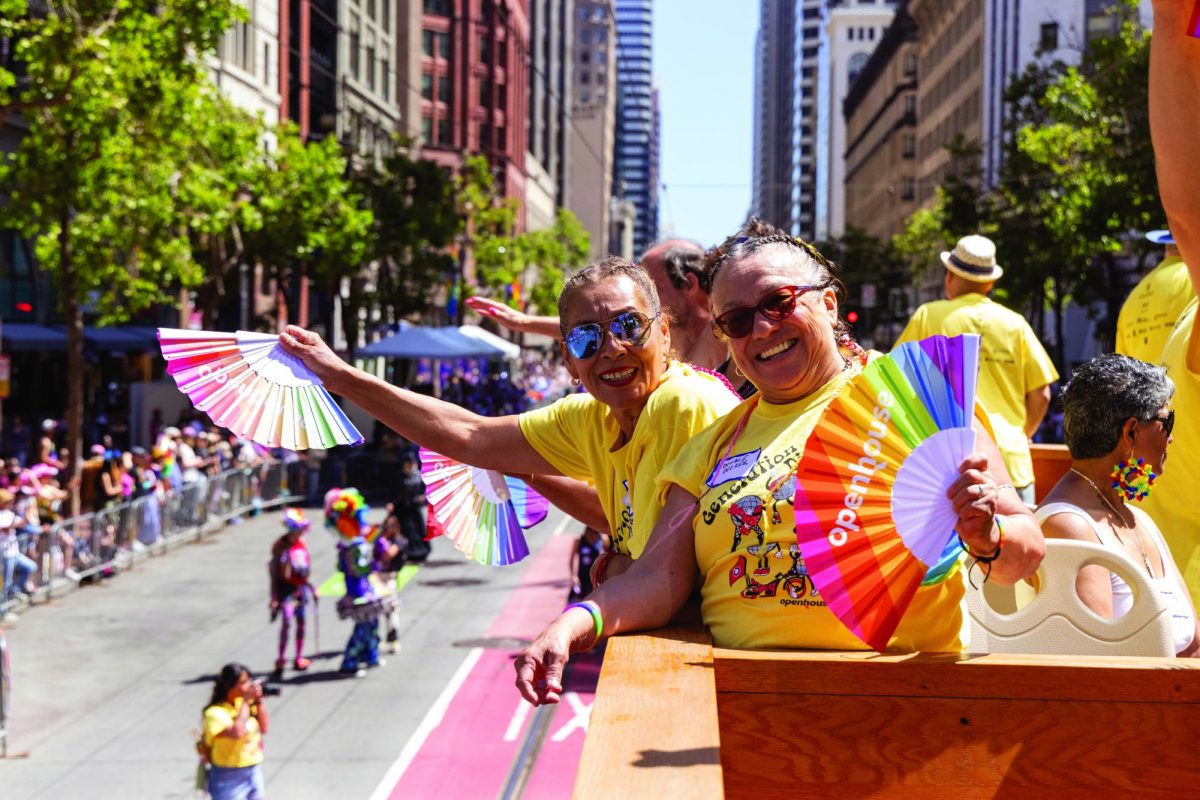
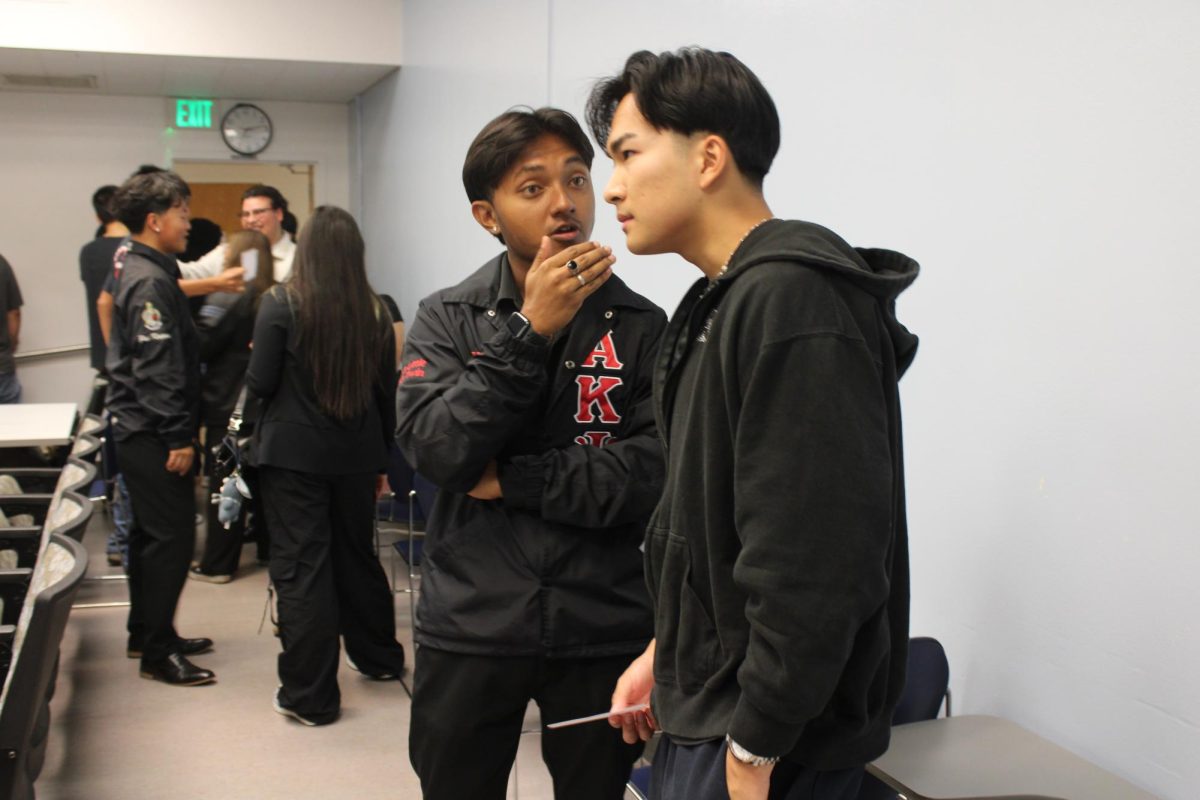


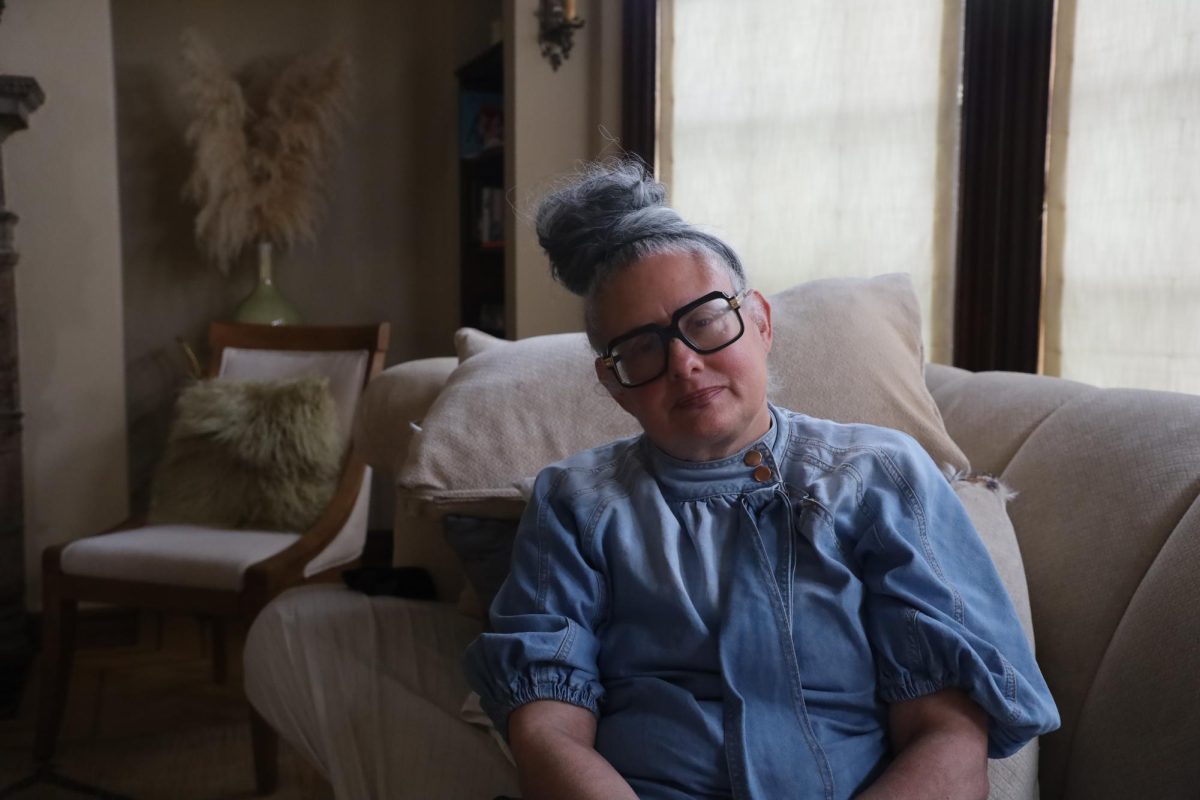
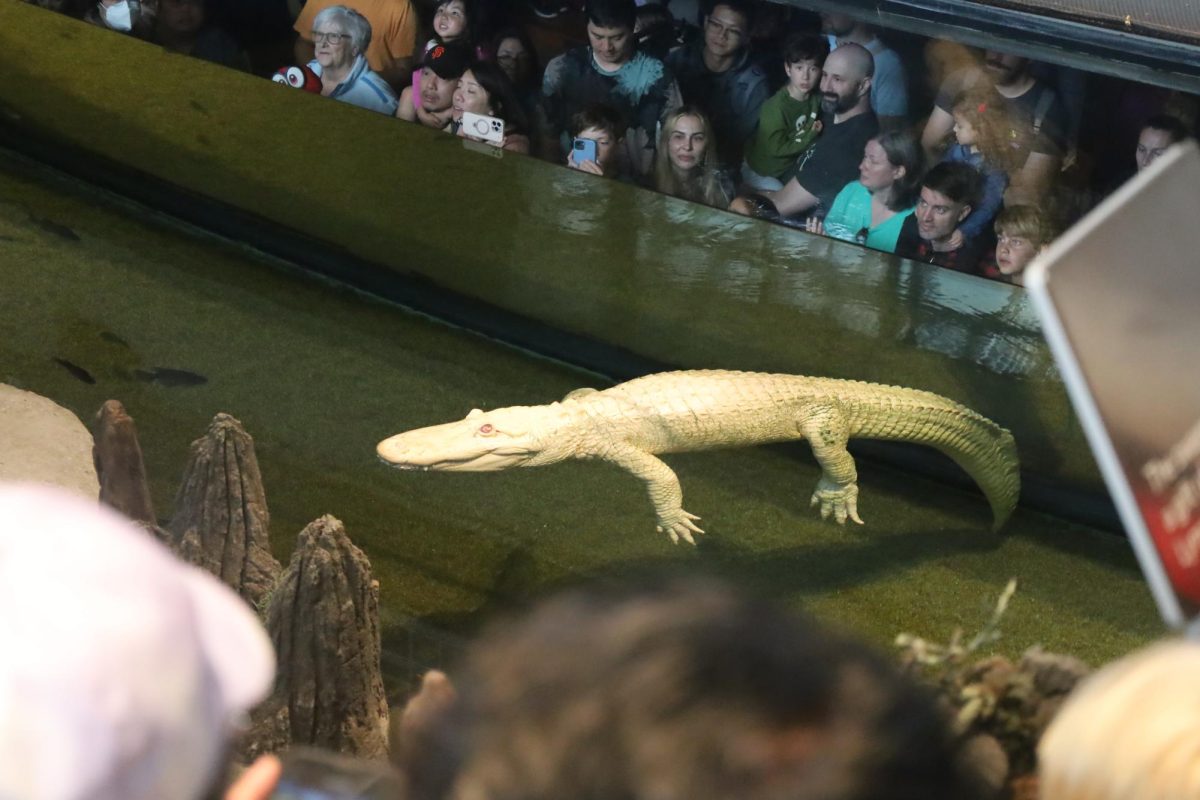
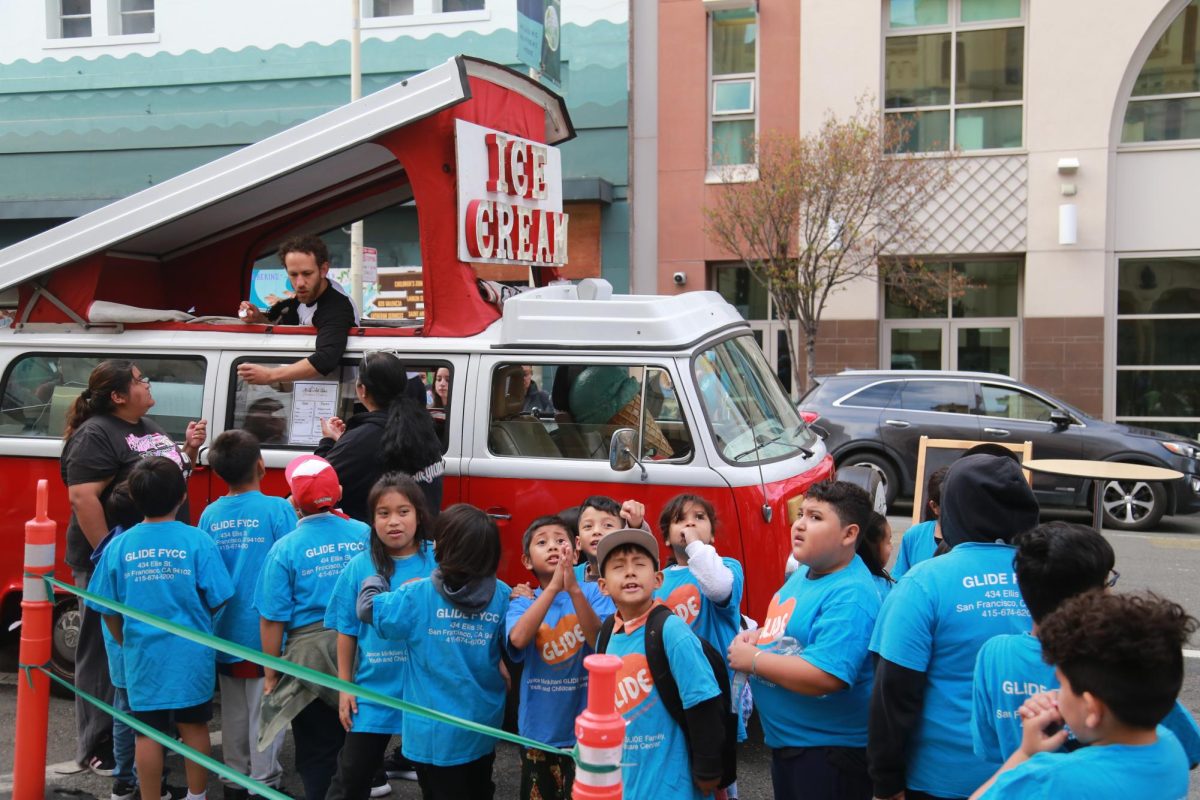
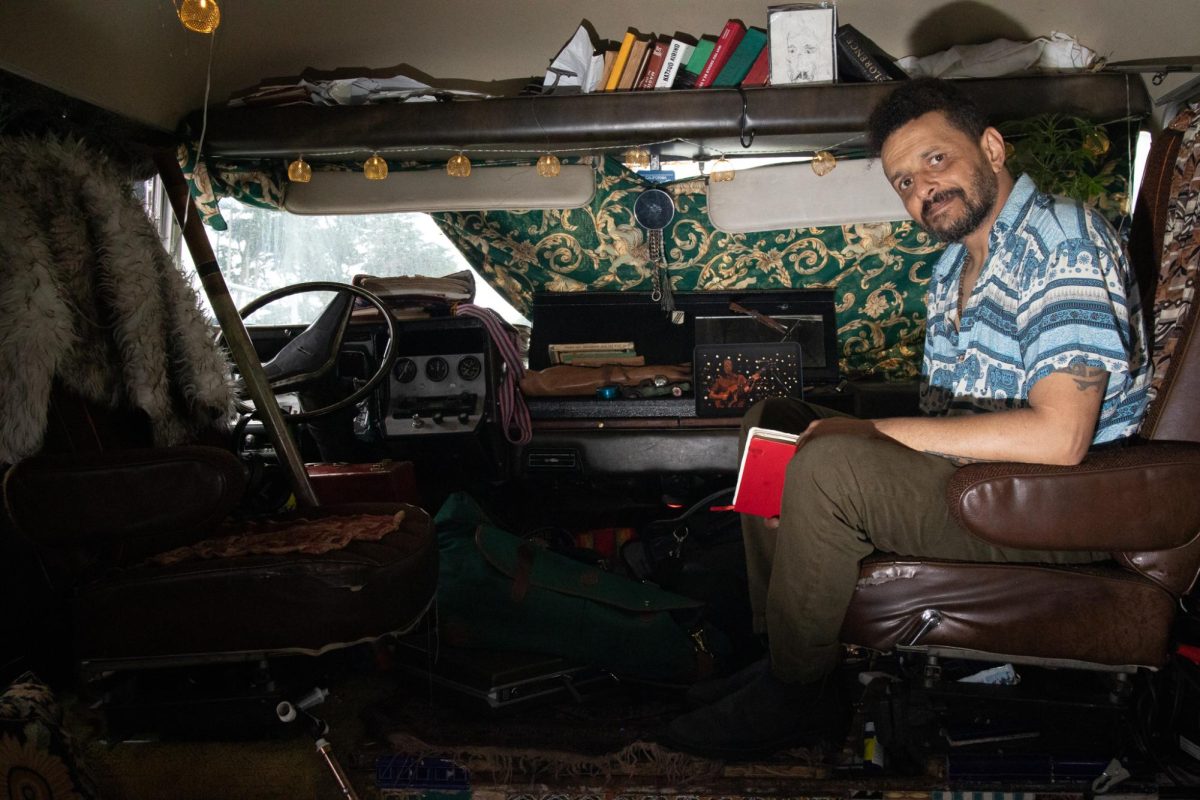


Bonsai Tree Gardener • Mar 5, 2016 at 9:45 pm
I do agree with all of the ideas you’ve presented in your post. They’re really convincing and will certainly work. Still, the posts are very short for novices. Could you please extend them a bit from next time? Thanks for the post.
Bonsai Tree Gardener http://www.bonsaitreegardener.net/peculiar-trees